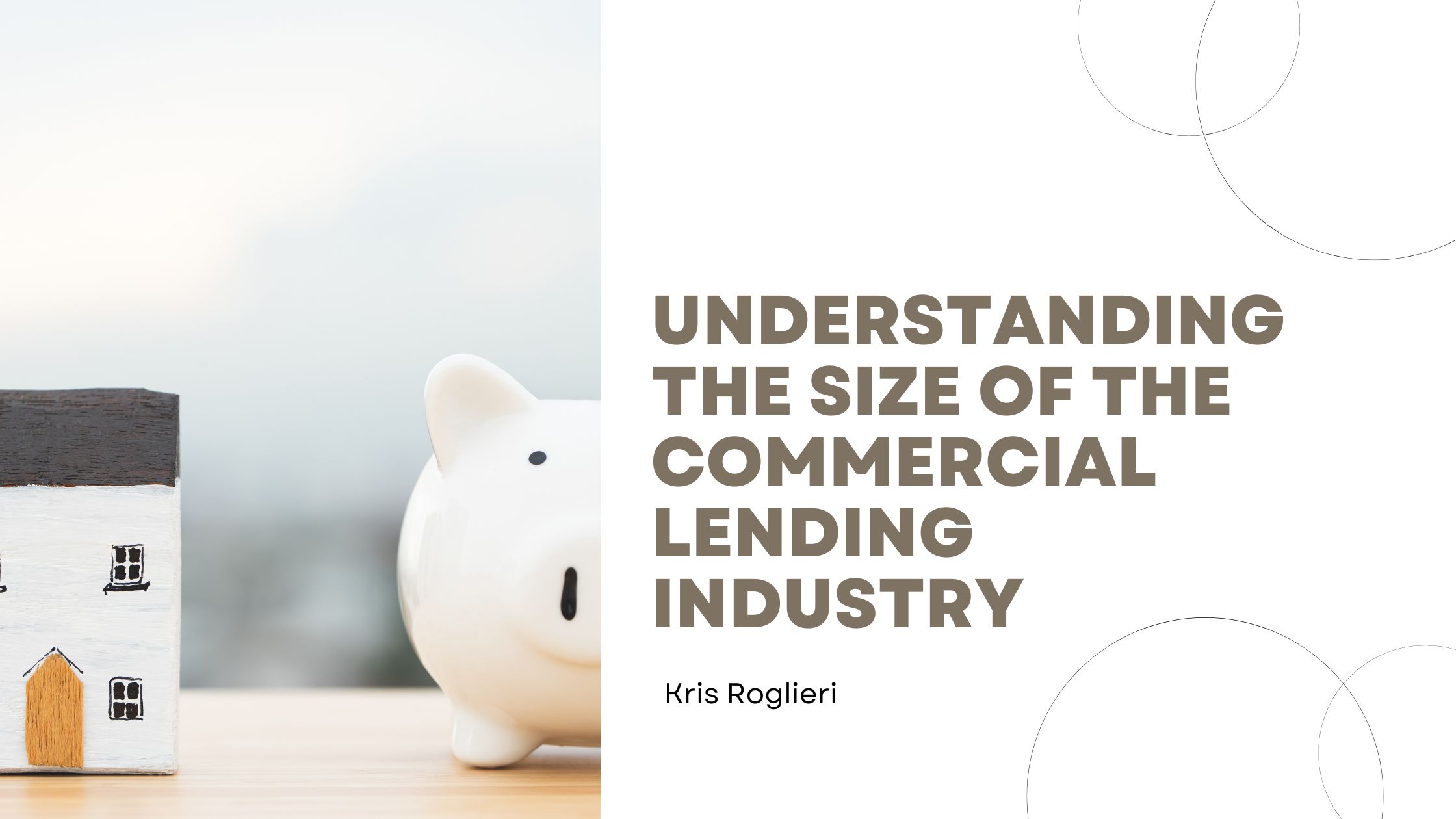In the intricate tapestry of the financial world, the commercial lending industry stands as a pivotal thread, facilitating the flow of capital to businesses of all sizes. But how vast is this industry, and what factors shape its size and scope? Let’s embark on a journey to unravel the dimensions of commercial lending and understand its significance in the global economy.
The commercial lending industry, at its core, encompasses various financial institutions, including banks, credit unions, private lenders, and non-bank financial institutions. These entities extend credit to businesses for multiple purposes, from funding expansion projects and purchasing equipment to managing cash flow and meeting working capital needs.
The sheer magnitude of the commercial lending industry is staggering, with trillions of dollars in loans disbursed annually worldwide. In the United States alone, commercial and industrial loans totaled over $2.5 trillion in recent years, underscoring banks’ significant role in fueling economic growth and development.
Several factors contribute to the size and dynamics of the commercial lending landscape. Economic conditions like interest rates, inflation, and GDP growth influence borrowing demand and credit availability. During periods of economic expansion, businesses often seek financing to capitalize on growth opportunities, leading to an uptick in loan volumes. Conversely, economic downturns may dampen borrowing as businesses prioritize cost-cutting and risk mitigation.
Regulatory policies also shape the contours of the commercial lending industry. Government agencies enact rules and regulations to safeguard financial stability, promote fair lending practices, and protect consumers’ interests. Compliance with regulatory requirements complicates the lending process and influences lenders’ risk appetite and lending standards.
Moreover, technological advancements have ushered in a new era of innovation in commercial lending. Fintech companies leverage data analytics, artificial intelligence, and digital platforms to streamline lending processes, enhance credit risk assessment, and improve customer experience. These disruptive technologies have democratized access to financing, empowering small and medium-sized enterprises (SMEs) to secure funding more efficiently and affordably.
The commercial lending landscape has its challenges and risks. Credit risk, market volatility, and geopolitical uncertainties threaten lenders’ asset quality and profitability. Additionally, shifting customer preferences and evolving business models necessitate continuous adaptation and innovation within the industry.
Despite these challenges, commercial lending remains a cornerstone of the global economy, driving entrepreneurship, innovation, and job creation. By understanding the size and dynamics of the commercial lending industry, businesses can make informed financing decisions, seize growth opportunities, and navigate the ever-changing financial landscape with confidence.

